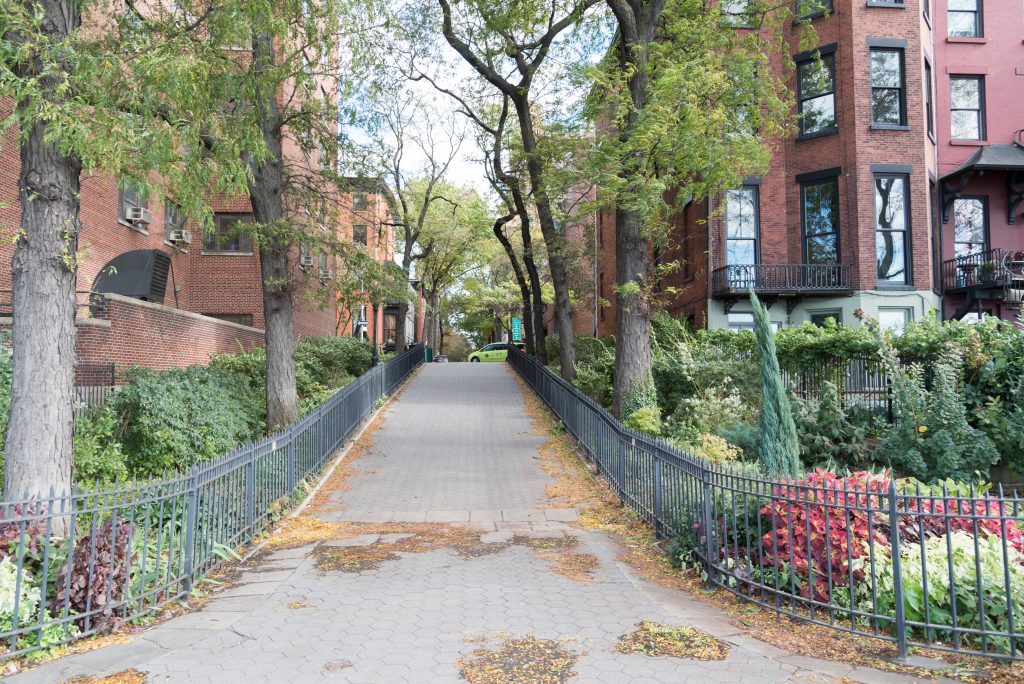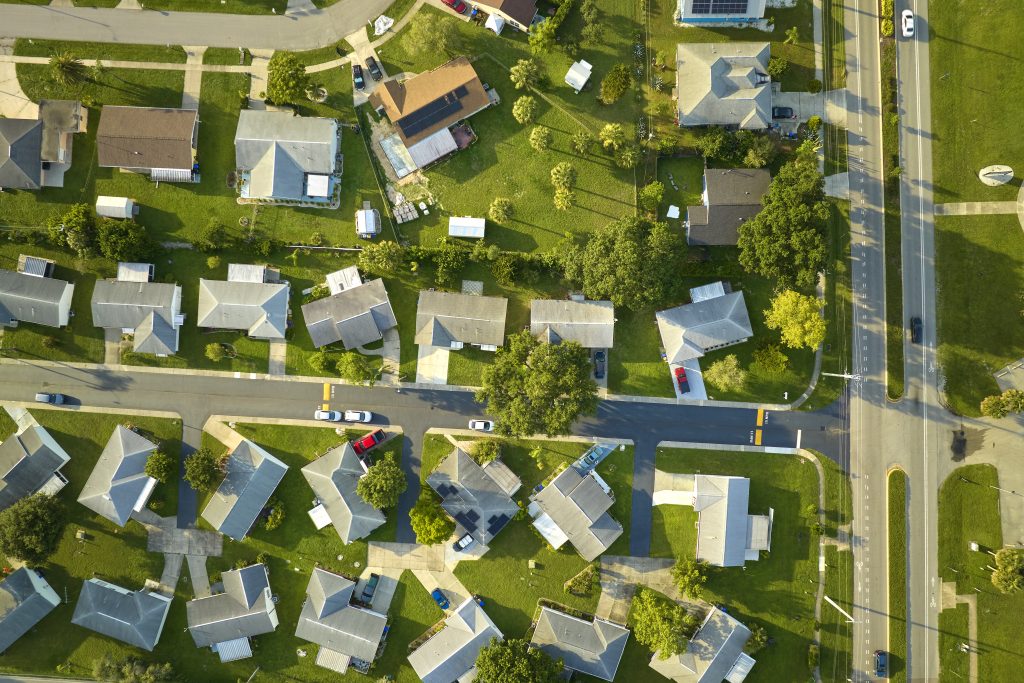Benefits for Residents and the Environment
As cities continue to grow and urban areas become increasingly dense, the importance of green spaces in urban neighborhoods has become more apparent.
In 2023, it is crucial that cities prioritize the creation and maintenance of green spaces in order to improve the quality of life for residents and the health of the environment.
Green spaces, such as parks, gardens, and public squares, provide numerous benefits to both residents and the environment.
For residents, green spaces provide a place to relax and enjoy nature, as well as a place for physical activity and social interaction.
Studies have shown that exposure to green spaces can reduce stress, improve mental health, and even increase lifespan (Takano et al., 2002).
In addition to the benefits for residents, green spaces also play a crucial role in improving the health of the environment.
Urban green spaces act as carbon sinks, absorbing carbon dioxide from the air and reducing the negative effects of air pollution.
They also help to regulate the local climate, reducing temperatures and improving air quality (The Trust for Public Land, 2021).
The benefits of green spaces are not limited to the immediate area surrounding the park.
In fact, the presence of green spaces has been shown to have a positive impact on the entire city.
For example, a study conducted in New York City found that the presence of green spaces in a neighborhood was associated with higher property values and increased economic activity (The Trust for Public Land, 2021).
Despite the numerous benefits of green spaces, many cities in the United States have struggled to create and maintain them, particularly in low-income and minority communities.
In order to ensure that all residents have access to the benefits of green spaces, it is crucial that cities prioritize the creation and maintenance of green spaces in these communities.
One example of a successful green space project is the High Line in New York City.
The High Line is a public park built on an elevated railway line that runs through the city.
The park provides a unique green space for residents, offering views of the city, opportunities for physical activity, and a place to relax and enjoy nature.
The park has been a huge success, attracting millions of visitors and revitalizing the surrounding area.
Another example is Millennium Park in Chicago.
This park, which was opened in 2004, has become one of the city’s most popular tourist attractions.
The park features a large public lawn, gardens, and numerous public art installations, as well as providing a green space for residents to enjoy.
The park has also had a positive impact on the surrounding area, attracting new businesses and increasing property values.
The importance of green spaces in urban neighborhoods cannot be overstated.
In 2023, it is crucial that cities prioritize the creation and maintenance of green spaces in order to improve the quality of life for residents and the health of the environment.
By focusing on the creation of green spaces in low-income and minority communities, cities can help to ensure that all residents have access to the numerous benefits of green spaces.
Sources:
Takano, T., Nakamura, K., Watanabe, M., & Kaneita, Y. (2002).
Nature contact and stress recovery during leisure time in urban parks.
International Journal of Environmental Health Research, 12(1), 27-37.
The Trust for Public Land. (2021).
The benefits of parks.
Retrieved from https://www.tpl.org/our-work/parks/benefits-parks


